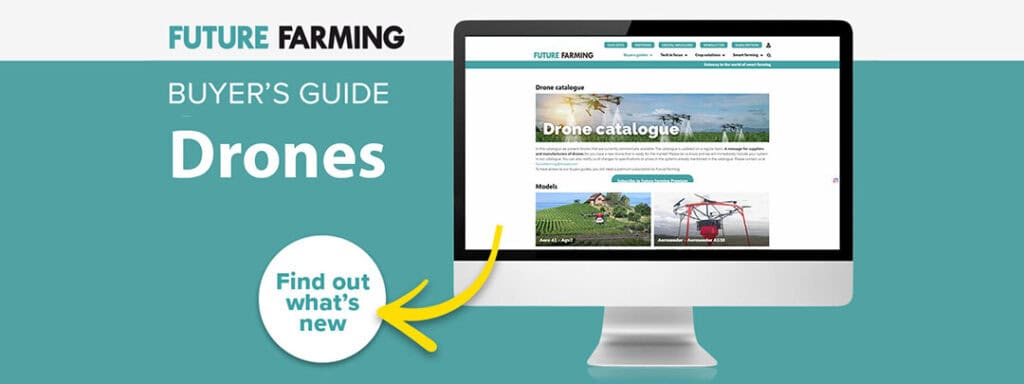Drones successfully deployed to deter geese on 1,000 hectares of grassland

Learn how drones are revolutionizing the prevention of crop damage caused by geese in a comprehensive trial conducted in the Netherlands. Here are the key insights for farmers worldwide who are also facing challenges with geese.
The province of Utrecht in the Netherlands recently conducted a large-scale practical experiment to deter geese using drones on 1,000 hectares of grassland. In collaboration with Drowgoo, an innovative company focused on reducing wildlife damage through cutting-edge technology, CLM Research and Advice implemented Drowgoo’s developed goose deterrence method in the Dutch province Utrecht last summer. The results were remarkable, showcasing a decrease in goose presence, longer periods of absence, and reduced crop damage compared to the previous year.
Damaging agricultural crops
Geese have become a significant concern in the Netherlands as the major species group responsible for damaging agricultural crops. Despite ongoing efforts, the damage caused by geese continues to escalate. Consequently, the province of Utrecht sought new non-lethal methods to more effectively deter geese from specific areas. Building on successful small-scale drone applications in North Holland, Utrecht aimed to test the system on a larger scale. Drowgoo’s method utilizes sensors placed in the meadows to detect signals and filter out the specific sound produced by geese. Upon detecting substantial goose activity, drone pilots took targeted action to drive the geese out of the area.
To assess the impact of the experiment, a reference polder where no drone flights occurred was designated, enabling a comparative analysis of goose presence. The findings demonstrated the effectiveness of the drone system at the local level. After each drone flight, the geese remained absent for increasingly longer durations, requiring fewer flights over time to deter them. Additionally, there were fewer reports of crop damage in the flight polder during the summer months compared to the reference polder.

Join 17,000+ subscribers
Subscribe to our newsletter to stay updated about all the need-to-know content in the agricultural sector, two times a week.



